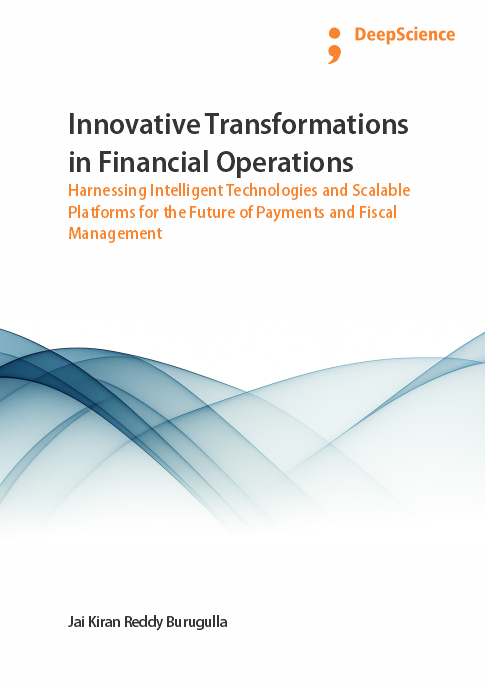The global evolution of digital payment systems and decentralized financial infrastructures
Synopsis
This research investigates the evolution of digital payment systems and decentralized financial infrastructures from a historical, technological, political, sociocultural, and economic angle. Digital payment systems are currently undergoing a radical market-driven transformation, as individual customers, corporations, and financial institutions alike are adopting private cryptocurrencies to retain value, transact, and keep accounting records, replace bank deposits for transactions, and provide and accept payment for goods or services. These traditional and novel use cases provide a unique and disruptive opportunity for both DeFi (Feenan et al., 2021; Brandl & Dieterich, 2023; Adisa et al., 2024) . Digital payment systems, also known as electronic payment systems or digital cash systems, are payment systems that electronically facilitate human or machine transactions using a digital currency between parties. Digital currencies may be either fiat or non-fiat, where new money is issued either digitally by a centralized body, typically a central bank, to exist parallel to physical money. Non-fiat currencies, in contrast, are developed and governed by decentralized entities or communities on a per-protocol basis, where the properties, supply characteristics and transaction processing methods of a new digital currency are coded by creators or proposed through a community-approved signaling mechanism. Examples of current digital payment systems include: bank payment transaction services; money transfer services; credit and debit card payment networks; and financial services and banking payment systems based on digital currencies.













